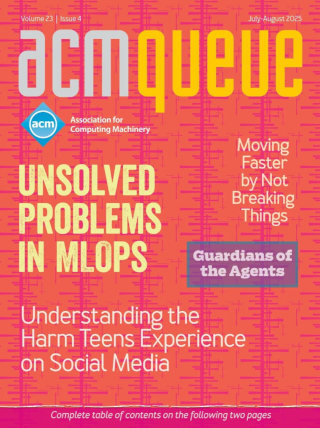
Eventually Consistent:
Building reliable distributed systems at a worldwide scale demands trade-offs?between consistency and availability.
At the foundation of Amazon’s cloud computing are infrastructure services such as Amazon’s S3 (Simple Storage Service), SimpleDB, and EC2 (Elastic Compute Cloud) that provide the resources for constructing Internet-scale computing platforms and a great variety of applications. The requirements placed on these infrastructure services are very strict; they need to score high marks in the areas of security, scalability, availability, performance, and cost effectiveness, and they need to meet these requirements while serving millions of customers around the globe, continuously.
High Performance Web Sites:
Want to make your Web site fly? Focus on front-end performance.
Google Maps, Yahoo! Mail, Facebook, MySpace, YouTube, and Amazon are examples of Web sites built to scale. They access petabytes of data sending terabits per second to millions of users worldwide. The magnitude is awe-inspiring. Users view these large-scale Web sites from a narrower perspective. The typical user has megabytes of data that are downloaded at a few hundred kilobits per second. Users are not so interested in the massive number of requests per second being served; they care more about their individual requests. As they use these Web applications, they inevitably ask the same question: "Why is this site so slow?"
Get Real about Realtime:
Dear KV, I’m working on a networked system that has become very sensitive to timing issues.
I’m working on a networked system that has become very sensitive to timing issues. When the system was first developed the bandwidth requirements were well within the tolerance of off-the-shelf hardware and software, but in the past three years things have changed. The data stream has remained the same but now the system is being called on to react more quickly to events as they arrive. The system is written in C++ and runs on top of Linux. In a recent project meeting I suggested that the quickest route to decreasing latency was to move to a realtime version of Linux, since realtime operating systems are designed to provide the lowest-latency services to applications. Our code already runs on Linux, so it should be a no-brainer to switch to realtime Linux and reap the rewards of lower latency.
Building Scalable Web Services:
Build only what you really need.
In the early days of the Web we severely lacked tools and frameworks, and in retrospect it seems noteworthy that those early Web services scaled at all. Nowadays, while the tools have progressed, so too have expectations with respect to richness of interaction, performance, and scalability. In view of these raised expectations it is advisable to build only what you really need, relying on other people’s work where possible. Above all, be cautious in choosing when, what, and how to optimize.
Improving Performance on the Internet:
Given the Internet’s bottlenecks, how can we build fast, scalable content-delivery systems?
When it comes to achieving performance, reliability, and scalability for commercial-grade Web applications, where is the biggest bottleneck? In many cases today, we see that the limiting bottleneck is the middle mile, or the time data spends traveling back and forth across the Internet, between origin server and end user.
XML Fever:
Don’t let delusions about XML develop into a virulent strain of XML fever.
XML (Extensible Markup Language), which just celebrated its 10th birthday, is one of the big success stories of the Web. Apart from basic Web technologies (URIs, HTTP, and HTML) and the advanced scripting driving the Web 2.0 wave, XML is by far the most successful and ubiquitous Web technology. With great power, however, comes great responsibility, so while XML’s success is well earned as the first truly universal standard for structured data, it must now deal with numerous problems that have grown up around it. These are not entirely the fault of XML itself, but instead can be attributed to exaggerated claims and ideas of what XML is and what it can do.



